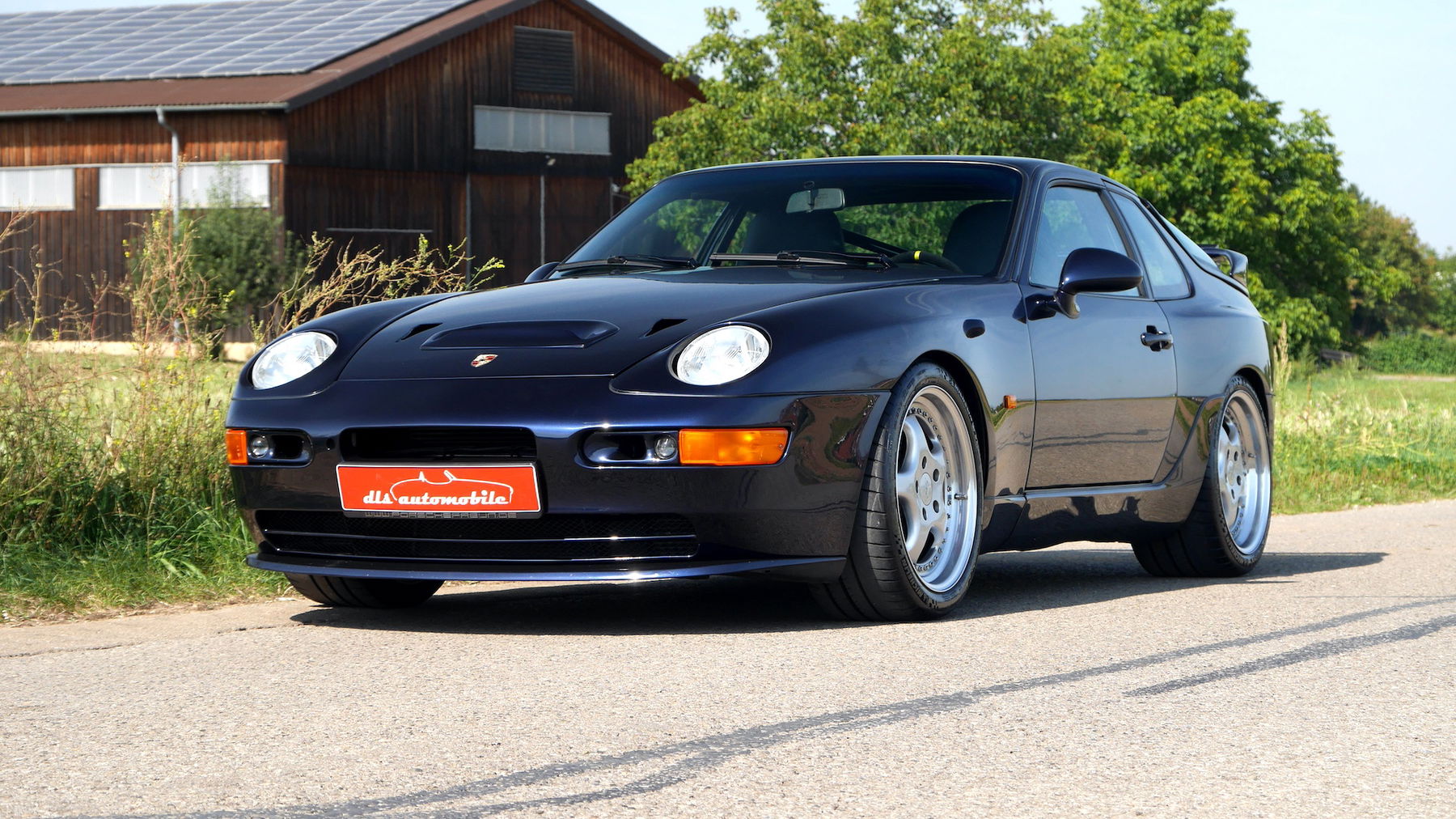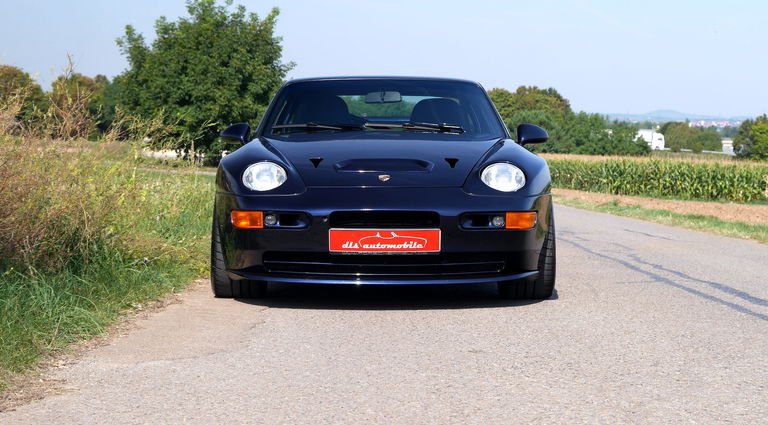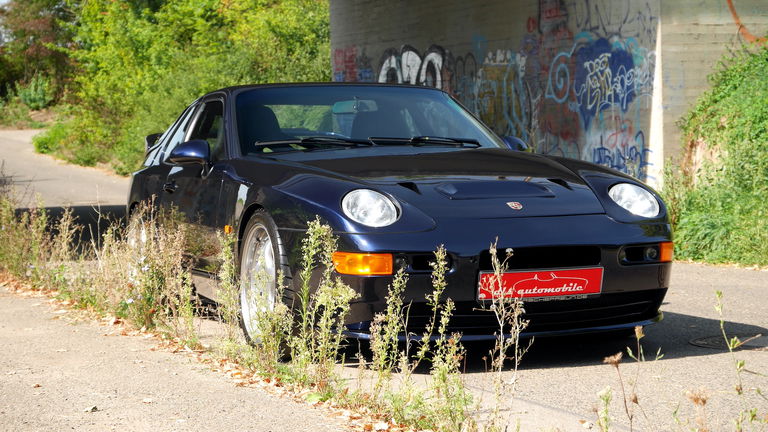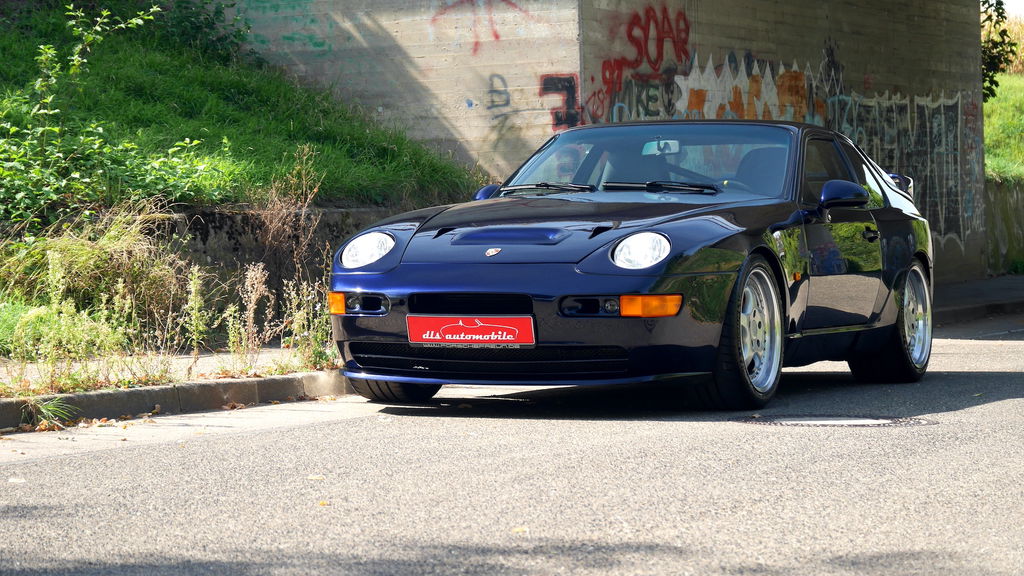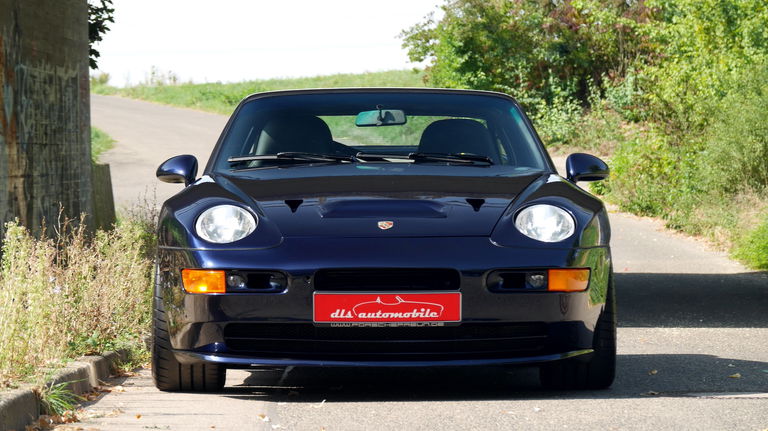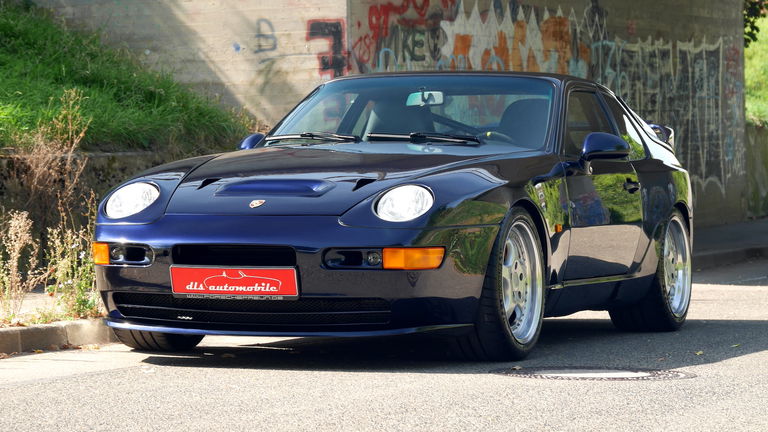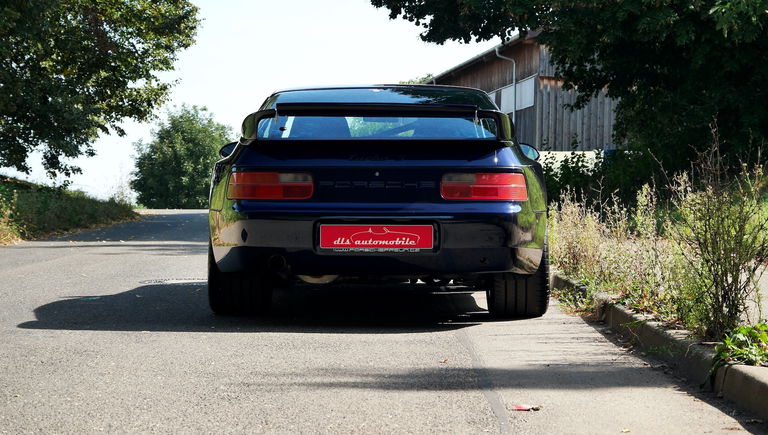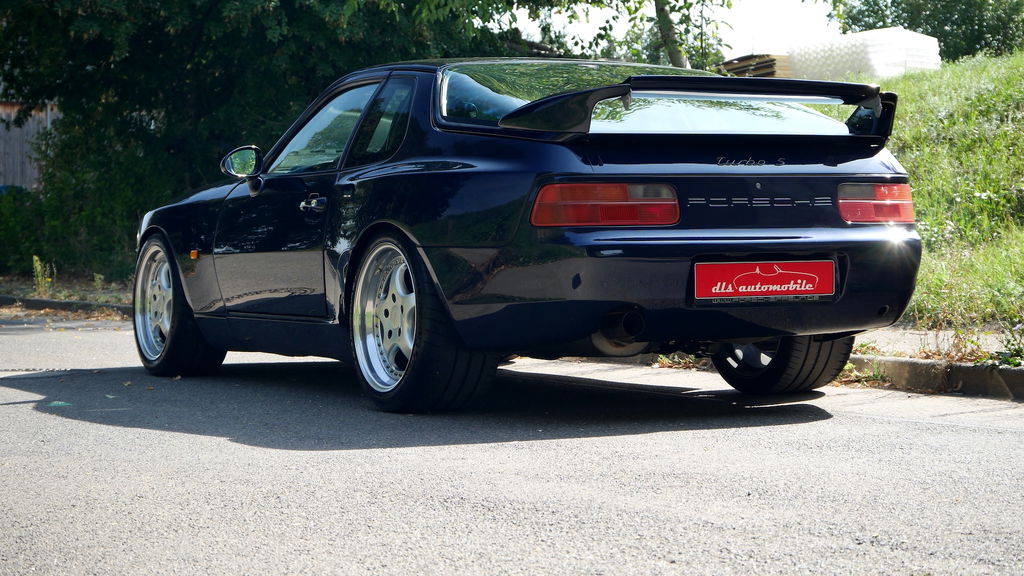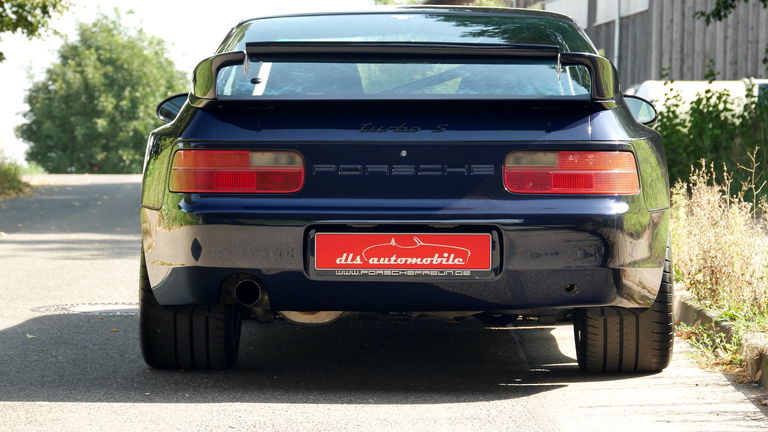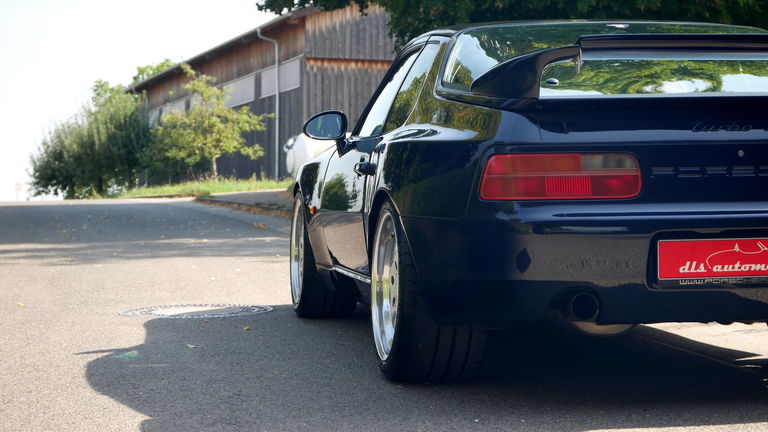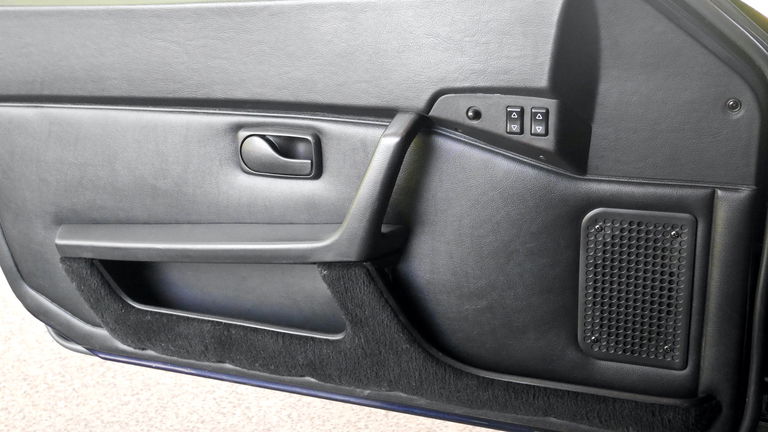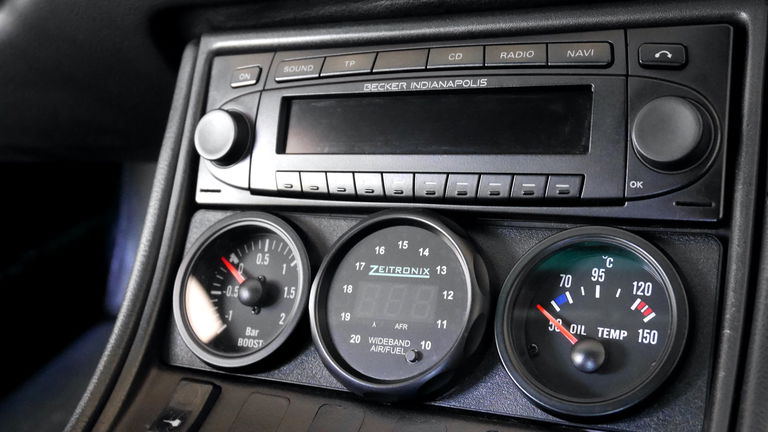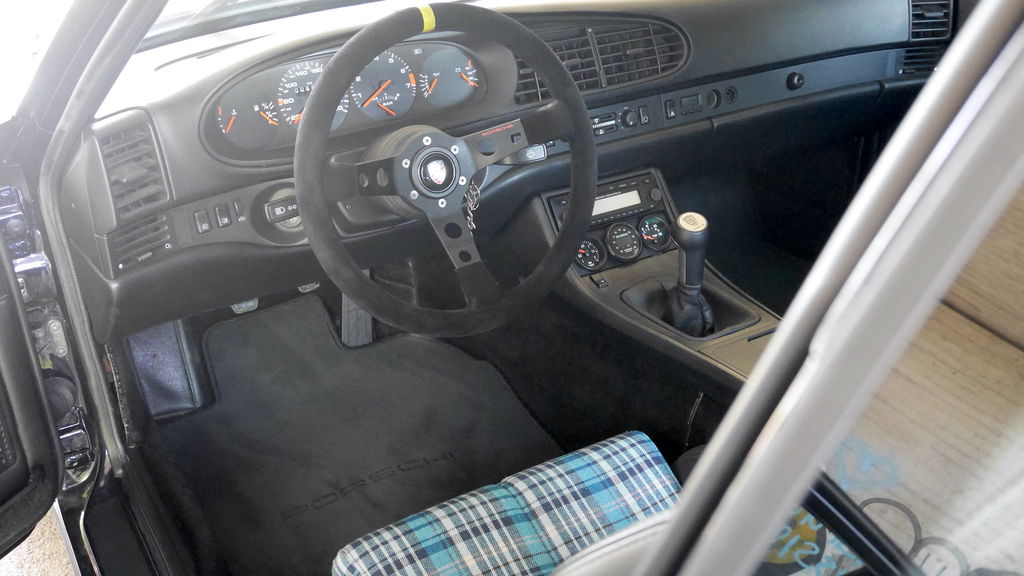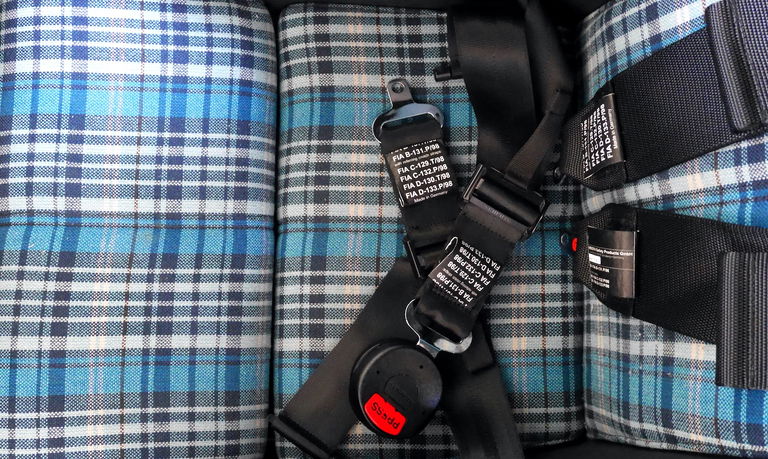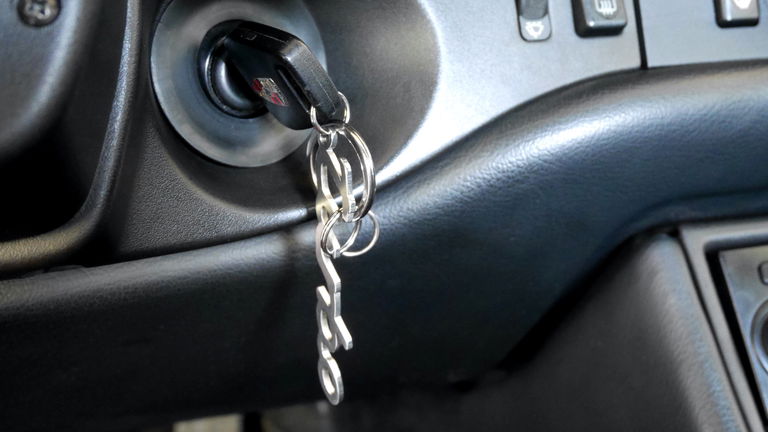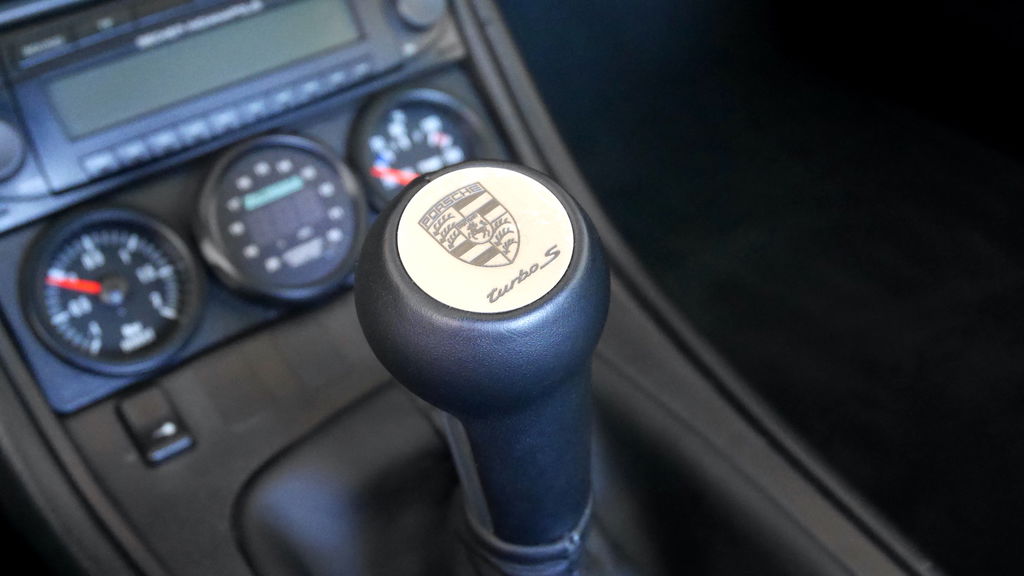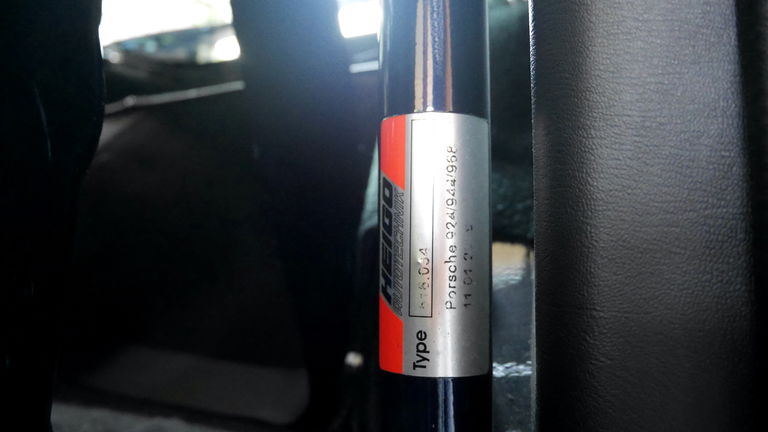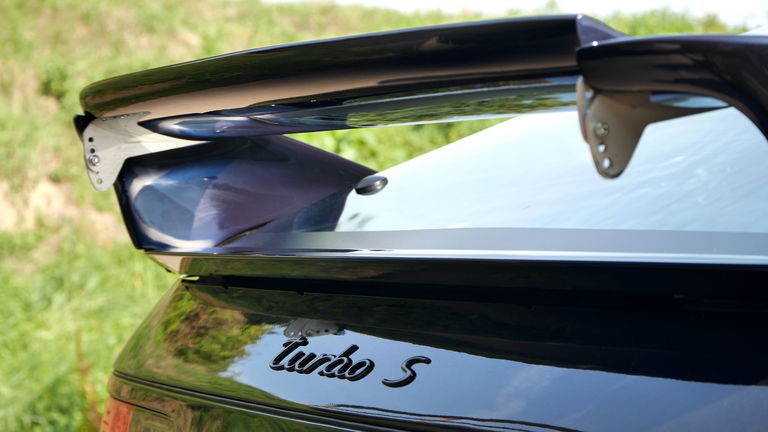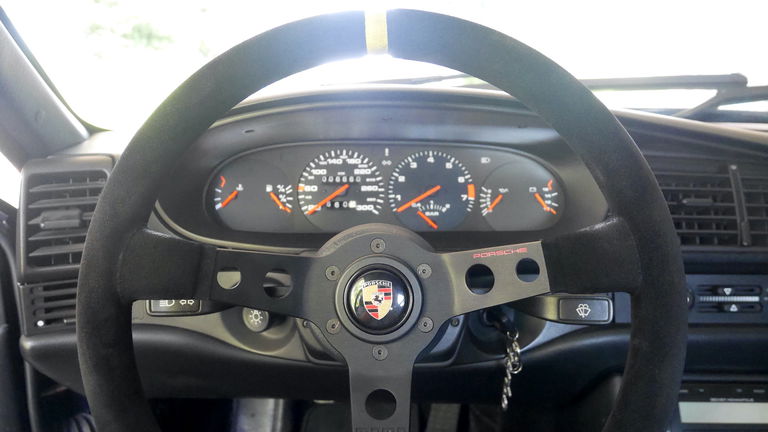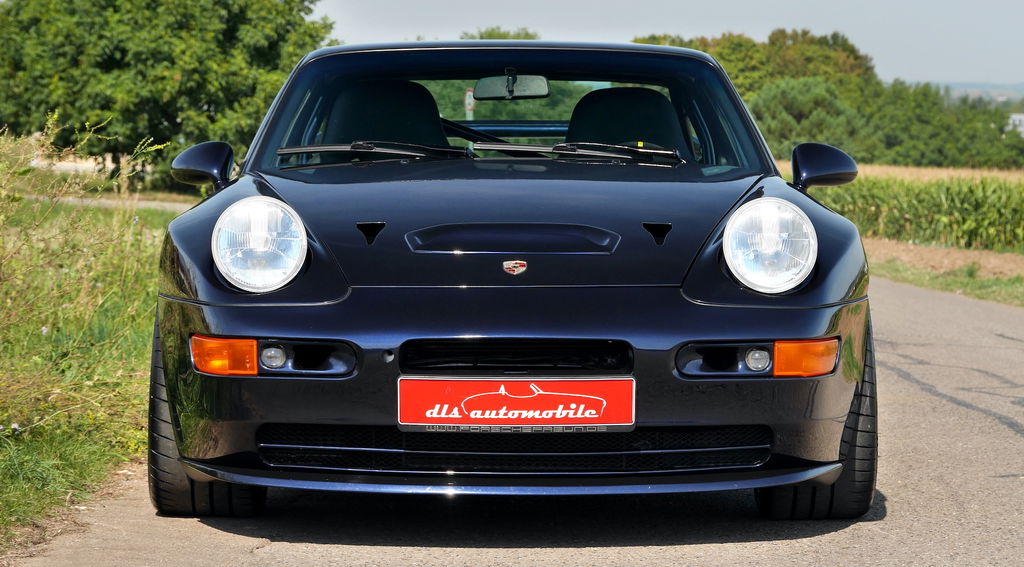With turbo-charged versions of both the 924 and 944 being produced, it seemed likely that Porsche would launch a 968 with forced ventilation. However, neither the turbocharged 924 nor the 944 had been a huge commercial success, and since sales of the 968 were massively below expectations, a production 968 Turbo was not considered commercially viable.
For comparison: between 1981 and 1991, an average of almost 17,000 944s were built each year, while the 968 reached fewer than 13,000 copies in its entire four-year production series. There was nothing fundamentally wrong with the new model, but an aging platform, high prices, and the global recession had severely affected sales.
Although a production turbo was out of the question, it was the economic downturn that ironically played a large role in Porsche's decision to offer a turbocharged 968 through their customer sports department in Weissach.
Group C machines have dominated sports car racing since 1982, but when the FIA tried to introduce a limit on naturally aspirated 3.5 liter engines from 1989, costs began to grow exponentially. With Group C vehicles banned from 1992 and most major economies in free fall, the World Sports Car Championship fought for support. The 1993 season was canceled entirely.
What happened next was the resurgence of amateur GT racing: private teams driving competitive versions of real production vehicles.
Since manufacturers were reluctant to spend a lot of money on racing programs, the homologation regulations were drastically relaxed; as long as a street version of a car was made, racing versions were allowed to participate in races.
The four new classes for 1993 comprised GT1 to GT4.
Porsche initially offered its customers two new models: the 964-based 911 3.8 Carrera RSR (for GT2) and the 968 Turbo RS (for GT3).
As a homologation of the Turbo RS, Porsche introduced the 968 Turbo S in early 1993. Like all 968s, the Turbo S also had a uniform body made of pressed steel, which was derived from the 944 S2.
The suspension was via MacPherson struts with lower wishbones made of light metal at the front and trailing arms with torsion bars at the rear.
Porsche installed the Sport Chassis Package as standard. This included stiffer springs and externally adjustable shock absorbers, adjustable spring plates and stabilizers, and reinforced suspension bushings. The ride height was 20 mm lower than the standard 968.
Power steering and ABS have been retained, as has the regular 74-liter fuel tank under the trunk floor.
Brakes and wheels came from the 3.6-liter 911 Turbo S. Red-painted four-piston light-alloy brake calipers were therefore installed together with cross-drilled and ventilated discs that were 322 mm at the front and 299 mm at the rear. The three-part 18-inch wheels in the Speedline Cup design were 8 inches wide at the front and 10 inches at the rear and were originally fitted with Dunlop Sport 8000 tires.
In order to integrate a single KKK K27 Turbo, Porsche had to omit the VarioCam system that can be found on normally aspirated 968s. As a result, the 968 Turbo S was delivered with the old eight-valve head of the 944 Turbo. As with the 944 Turbo, the compression was 8.0: 1 (compared to 11.0: 1 for the normal 968s).
Thanks to a bore and stroke of 104 mm and 88 mm, the M44 / 60 engine of the 968 Turbo S had the same 2990 cc as the other three-liter four-cylinder in-line engines from Porsche. The water-cooled engine was equipped with sequential multi-point fuel injection Bosch DME, a new lambda probe and a three-way catalytic converter. The water-cooled turbo had a bypass valve and a separate wastegate. The boost pressure was set to 1.0 bar.
In this configuration, the peak power was 305 horsepower at 5400 rpm and 369 lb ft at 3000 rpm.
The original six-speed transmission of the 968 has been strengthened, equipped with longer gear ratios on fourth and fifth gears and given a new type number: G44 / 01. Power was transmitted via a more powerful Sachs clutch and a Torsen limited-slip differential with a 75% locking factor.
Cosmetically, the 968 Turbo S was equipped with a number of special features.
On the front end, Porsche added a body-colored chin spoiler, an enlarged central inlet above the license plate, and two NACA ducts on the hood. A larger rear spoiler contained a central element that was adjustable in a range of 10 °. It was mounted on a new, car-colored rear window screen.
In order to save weight, the underbody sealing of the body was dispensed with.
The 968 Turbo S was built in six different colors: Speed Yellow, Grand Prix White, Midnight Blue, Silver, Blood Orange and Guards Red.
In the interior, Porsche fitted each car with a Clubsport interior, and as a result, most of the 968 Turbo S's luxury equipment was removed from the inventory. The electric windows and seats were replaced by manual windows and lightweight Recaro shells, the backrests of which were painted in the same color as the car.
Other features that were discarded included electric mirrors, soundproofing, central locking, automatic heating control, stereo, alarm system and rear seats.
The four-spoke airbag steering wheel was replaced by a simple three-spoke rim with a small diameter.
Other optional equipment included a smaller battery and a lightweight wiring harness.
Instead of the high-pile upholstery, thinner carpeting was used, and the standard 968 door panels were replaced with simplified versions from the 944 S2.
Only one interior color was offered: black.
At 1300 kg, the Turbo S was 20 kg lighter than the Club Sport and 70 kg lighter than a standard 968 Coupé. Porsche stated a top speed of 280 km / h and a time of 0-100 km / h in 4.9 seconds.
In view of the price of 175,000 DM, which was more than twice the cost of a new club sport, the demand was not surprisingly limited.
The fact that the Turbo S was not type approved for sale in the United States further limited its commercial potential.
A total of 14 units were built between the beginning of 1993 and the spring of 1994. Porsche built 10 cars in 1993 and four cars in 1994, all of which were left-hand drive vehicles.
Now at the latest we should tell you what the 968 is all about, from our point of view extremely interesting.
Perhaps we will start with the main differences to the “factory” 968 turbo S? First of all the base should be mentioned. The original was developed from the CS, this one from the "normal" 968 Coupé. Since the club sport and the basic 968 do not differ on the bodyshell side, we have equal points up to this point.
- the manual transmission was replaced by the more powerful 5-speed of the 944 Turbo with transmission oil cooling coil.
- The engine and charger were fine-tuned and optimized when the entire drive train was overhauled. The current output is therefore not 305, but between 360 and 385 hp. 420-440 hp are possible and permanently feasible with minimal effort and changed coordination of the essential parameters.
- Tire size for the 968 turbo S 235/265 R18, in our case 265/295 R18.
All other components that made up the 968 turboS are by and large built into this one-off piece and one can justifiably claim: apart from the points mentioned above, the vehicle is on the optimized level of one of the 14 hand-made factory cars. With the subtle difference of having adapted the engine and its absolute as well as fine performance such as response behavior and reliability to the current state of turbo technology. All of this, however, without changing its DNA and its intended function, but rather to work it out even more finely.
Almost 30 years ago, when the series 968 was presented, all testers consistently attested that it had exemplary driving characteristics, excellent driving and braking values, problem-free handling in everyday life, contemporary consumption and exemplary service friendliness. Basically, it was the perfect sports car.
Maybe too perfect for the time? We know from internal discussions with those responsible at the time that the production of a 968 took around 65 man-hours from start to finish. That was at the manufacturing level and had nothing to do with efficiency … Porsche was shown how modern automobile construction works and has probably implemented this knowledge more consistently than any other manufacturer in the world over the past few decades.
Handmade? The times are over. Porsche has blossomed into one of the most profitable automobile manufacturers in the world. The former sports car manufacturer has become a car manufacturer by which practically everyone else has to be measured. But “handmade” has fallen under the wheels of history and is over for good.
Good to know that here and there there are still a few absolute experts and dreamers with an incredible depth in terms of technology, precision and the like. Attention to detail there. The patience from the first thought about such an automobile, the procurement, the information, the agreement of all the necessary specialists, the finding of all the necessary spare parts, all of which is always guided by a vision of having built such a vehicle in the end is in addition to the immense investments a virtue that very few consistently maintain until the successful end.
You can see the result of such a visionary here in words and pictures. And we assure you in advance – Mr. Barth and his committed team would not have done it better back then.
With 968 turbo recommendations
Your DLS team
